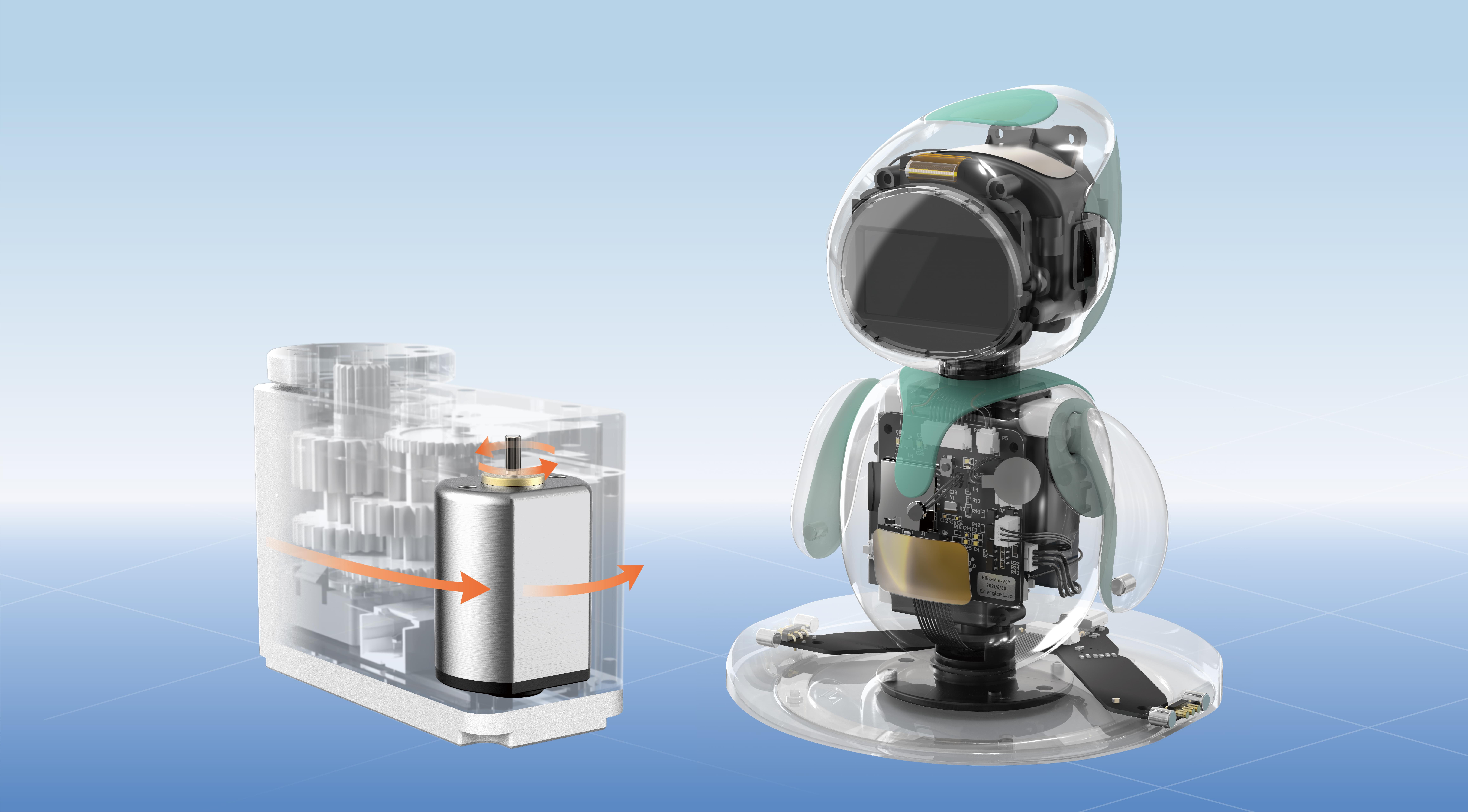Introduction: The Tiny Titan in the World of Robotics and Hobbyist Projects
In an era where miniaturization meets high performance, the SG90 servo motor stands tall as one of the most popular and versatile components among hobbyists, students, and professional engineers alike. Known for its compact size, affordability, and impressive functionality, the SG90 has revolutionized how small-scale robotic systems and automation projects are conceived and executed.

Whether you're designing a simple robotic arm, an automated camera slider, or a custom drone, understanding the specifications of the SG90 servo can significantly influence your project’s success. Let's explore what makes this tiny device so extraordinary and how its specifications serve different applications.
The Roots and Reputation of the SG90 Servo Motor
The SG90 servo is a micro servo motor manufactured primarily by Asian electronics firms, notably TowerPro. It is revered for delivering surprisingly high torque and precision in a size that comfortably fits into compact designs. Due to its affordability and ease of use, it has become the go-to component for a wide spectrum of DIY projects, from educational kits to professional prototypes.
What sets the SG90 apart? It’s a consummate blend of lightweight construction, precise control, and reliability. But to truly appreciate its potential, you need to understand its key specifications and how they translate into real-world capabilities.
Core Specifications of the SG90 Servo Motor
Dimensions and Weight: The physical size of the SG90 measures approximately 22.8mm x 12.2mm x 27mm, with a weight of just around 9 grams. Its small form factor makes it ideal for projects with tight space constraints.
Operating Voltage: The recommended operating voltage generally ranges from 4.8V to 6V, with 5V being the standard supply voltage for most hobbyist applications. This voltage range ensures optimal torque and speed without risking damage.
Torque: One of the standout features is its torque capacity, which is typically around 1.8 to 2.5 kg/cm (or 18 to 25 N·cm) at 4.8V to 6V. This level of torque is sufficient for many small mechanical tasks, including moving arms, steering mechanisms, and camera mounts.
Speed: The SG90 can reach a speed of approximately 0.1 seconds per 60 degrees at 4.8V and about 0.08 seconds at 6V. This rapid response makes it suitable for applications requiring quick, precise movements.
Rotational Range: The servo generally provides a rotation range of about 0 to 180 degrees, which covers most use cases in hobby robotics and automation.
Control Signal: It uses Pulse Width Modulation (PWM) signals for precise position control. The typical control pulse width varies from 1ms (full left) to 2ms (full right), with a neutral position around 1.5ms.
Current Consumption: During operation, the current draw can reach up to 700mA under load, but typical current at idle hovers around 10-20mA. Proper power management is essential to prevent overheating.
Mechanical and Electrical Compatibility
Another key part of understanding the SG90 specifications involves its compatibility with various control boards like Arduino, Raspberry Pi, or other microcontrollers. Its compatibility is seamless due to its standard PWM interface and the availability of datasheets and code libraries.
The servo's motor mechanism is connected to a potentiometer that helps with positional feedback, allowing for accurate control. This integration provides smooth operation and positional accuracy—crucial traits for sensitive robotics tasks.
Limitations and Considerations
Despite its impressive specs, the SG90 isn’t without limitations. The maximum torque is achieved at the lower voltage thresholds, and exceeding the recommended load can cause overheating or mechanical failure. Its plastic gears, while lightweight, may wear out faster under heavy load or continuous use.
Additionally, the servo's rotation is limited to about 180 degrees, which might not be suitable for applications requiring greater rotational range or continuous rotation—though modifications and different models can address these needs.
Why Choose the SG90? Practical Advantages
Cost-Effective: With prices often below a few dollars, it’s accessible for projects on tight budgets. Ease of Use: Plug-and-play with common microcontrollers; ideal for beginners. Size and Weight: Suitable for small robots, wearable tech, and lightweight mechanisms. Availability: Easily sourced from online suppliers worldwide.
In summary, the SG90 servo motor's specifications paint a picture of a compact, reliable, and versatile component that packs a punch far beyond its size. Its balanced blend of performance metrics and affordability makes it a cornerstone in the realm of hobby robotics and automation.
Here, I will delve into detailed applications, advanced insights into maintaining and optimizing the SG90, comparative analysis with other micro servos, and future trends in servo motor technology.
Do you want me to proceed with Part 2 now?
Established in 2005, Kpower has been dedicated to a professional compact motion unit manufacturer, headquartered in Dongguan, Guangdong Province, China.




































